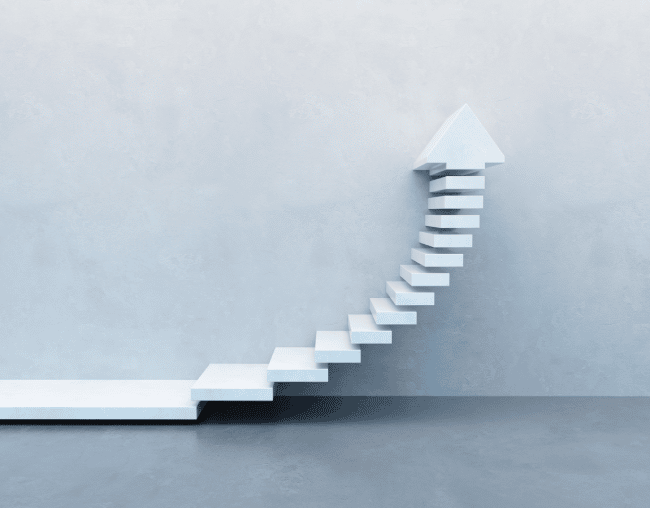Today, your customer sees you—the seller—before you see them. That means we no longer live in a sell-to marketplace. It’s a buy-from world now. That shift has important consequences for how sales pipelines are built and what you use them for.
In the sell-to market of the past, salespeople constructed their pipeline around the assumption that the seller was always in control of the sale at every step. They were the ones targeting the prospect, defining the decision-making steps, and controlling how and when each deal would close.
However, in a buy-from market, the customer is in charge of all that now. They do the research and seek you out first. They comparison shop, check references, engage in demos, convene with their buying community, and talk to their peers to decide if your product or service is right for them. And then, they decide if you’re the right person to buy from.
Since the buyer is in charge now, they carry the burden of a lot of risk. They need to verify who you and your company are and develop confidence in themselves that you’re worthy of that risk. They have neither the stomach, nor the time, to deal with people they can’t trust. What your buyer needs from you now is skilled facilitation to help them navigate all the activities they must complete to make a buying decision. What they don’t need is empty pitches and an arbitrary sales processes.
Given this, how in the world can you expect to achieve success if you’re still using a seller-focused pipeline built on outdated assumptions about who is in control of the sale today?
A buyer-focused pipeline is not linear and doesn’t mirror your sales process as you understand it. Instead, it’s built on the fact that the customer is squarely in control of the sale. It recognizes that they are the ones deciding when they’re ready to buy and who they will buy from. It’s built on the knowledge that the buyer has a series of tasks they must get through and that they will be counting on you to be insightful, resourceful, and skilled at facilitating those tasks.
Get started today building a buyer-focused pipeline for your business. Do that by focusing on the three A’s: ask, align, and apply.
ASK: Reach out to your best customers and ask them, “What do you need from me to help you complete a purchase each time we do business together?” Some will have an answer for you right away. That could either include: “We need a product demo,” “we need to check references from previous customers,” “we need time to obtain budget approval internally,” or “we need to compare 2-3 companies to ensure we’re educated on having a full solution.” Others might be unsure. In those cases, ask probing questions that help pinpoint needs. Ask about their budget cycle, the number of people involved in buying decisions, and their typical timeline for making a purchase. The quality of your questions here will determine the quality of your outcomes.
ALIGN: Align your existing sales pipeline so it includes elements of your buyer’s general process and activities. You get there by compiling the research above, looking for common themes and aligning those with steps in your own process. The best companies create buying verifiers at each stage of their process to ensure sellers have helped the buyer complete their necessary activities before moving on to the next stage. Understand that the alignment goal here is to remove as much risk from the buyer as possible so they can feel confident in choosing you as their trusted seller.
APPLY: You must apply what you learn and then observe outcomes. You’ve done your research, asked probing questions of your existing customers, adapted your selling to meet the needs of your buyers’ process, and made changes to your pipeline accordingly. Now, check-in and watch to see if the buyer does what you think they’ll do at each stage so that you can adjust your activities accordingly. Use the buyer’s responses/activities to test whether you should move the deal from one stage to the next. Remember, no one makes a decision with confidence unless they first have trust in who they’re going to buy from. The order is important.
Once you’ve reshaped your pipeline into a buyer-focused one, you’re in a much better position to facilitate and manage each prospect and potential sale. You also gain the newly found ability to reshape conversations with your customers, enabling you to constantly identify their needs and plan accordingly. In an upcoming article, we’ll explore in greater detail how you can make that work for you as a skilled sales leader in a buy-from marketplace.







